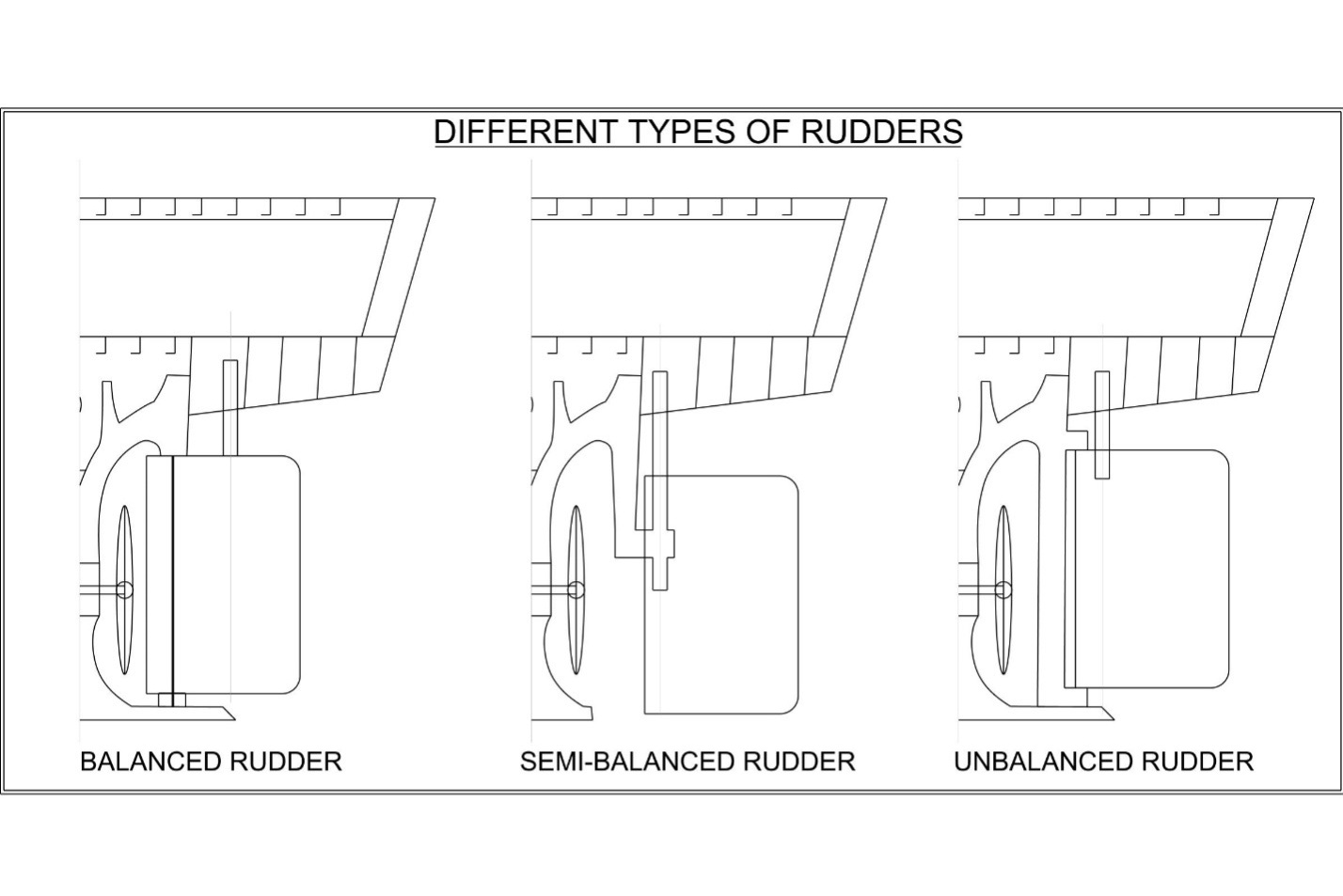
How Does A Ship Rudder Function On A Vessel?
Have you ever wondered why every ship has rudders? Why isn’t the ship’s bow (the forward part) equipped with a rudder? Or why is it usually positioned behind the propeller, […]

Have you ever wondered why every ship has rudders? Why isn’t the ship’s bow (the forward part) equipped with a rudder? Or why is it usually positioned behind the propeller, […]
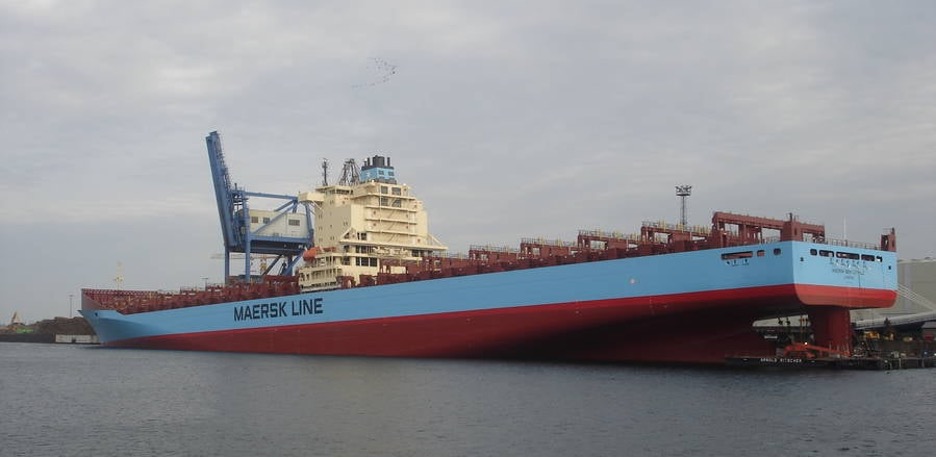
Ships operate in a liquid medium- water, which means their profile in the water they operate in determines how they behave. One such profile is the vessel’s trim which will […]
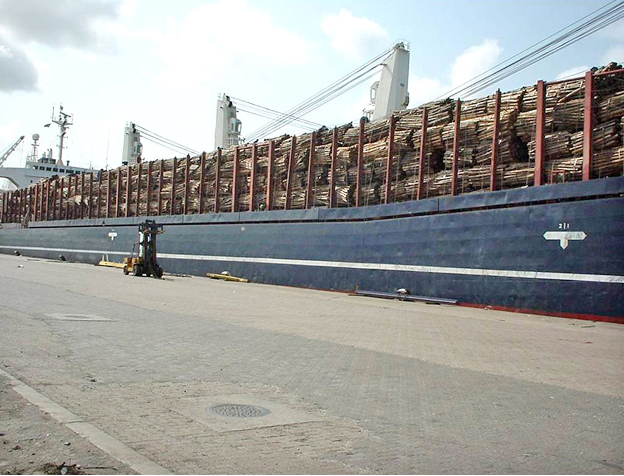
According to naval architects, ships must always be capable of dealing with a wide range of external and internal factors that may affect their seaworthiness and the safety of their […]
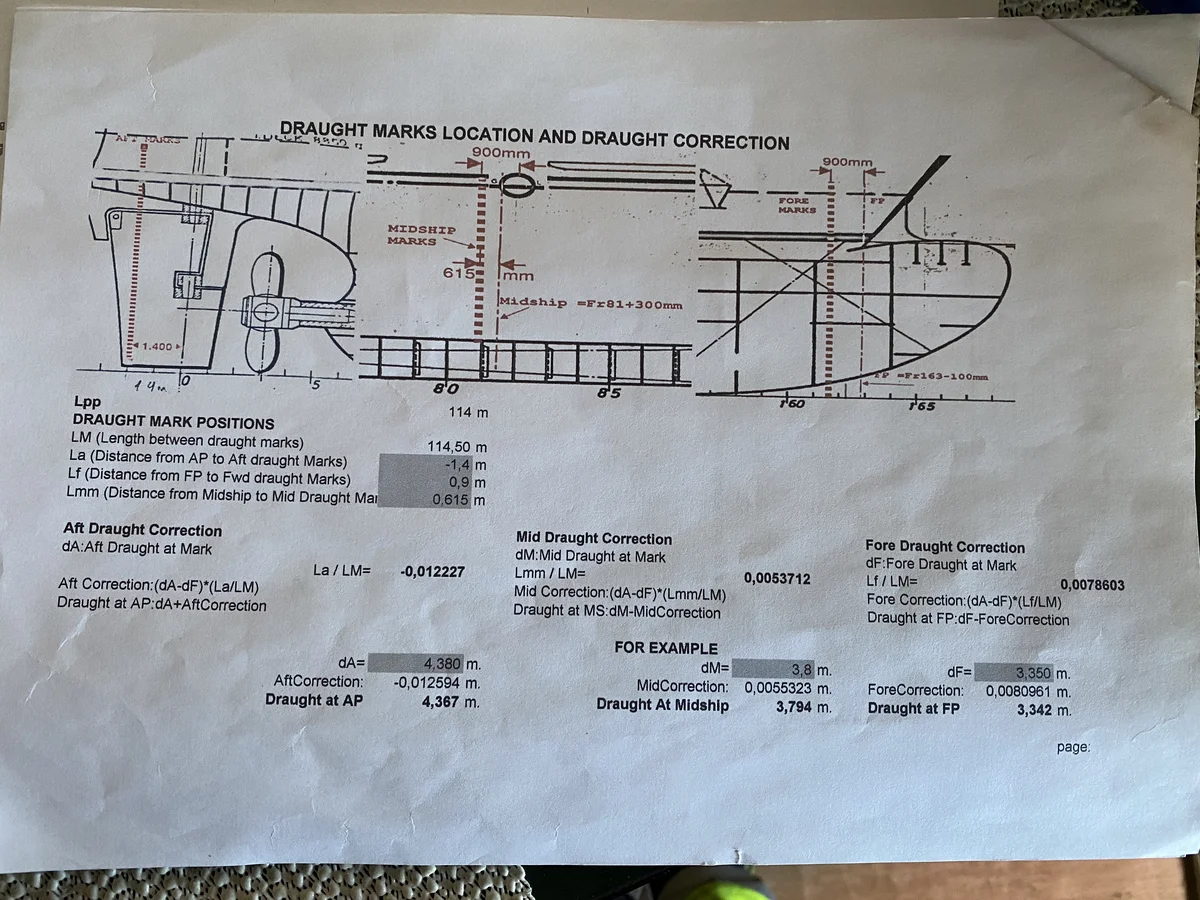
The LCB, the longitudinal center of buoyancy, and the LCF, the longitudinal center of flotation play a huge role in regard to the stability of a vessel. Firstly, let us […]
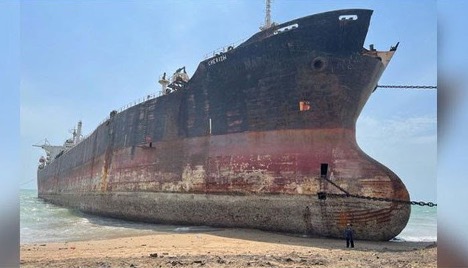
One of the many tough decisions sometimes required to be taken by shipmasters is deliberately grounding a ship, an act referred to as “beaching”. It is a tough decision because […]
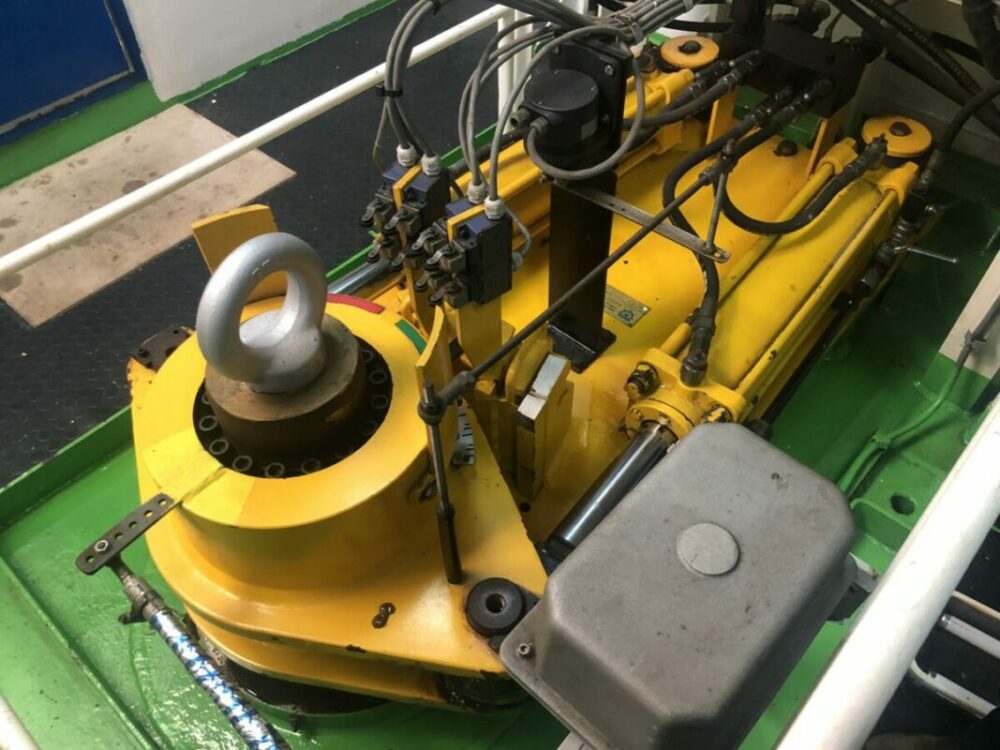
The telemotor in the steering gear is a hydraulic control system consisting of a receiver, transmitter, pipes, and a charging unit. The transmitter is located on the bridge which is […]

A steering gear system is a group of equipment working together for the sole purpose of providing direction for the ship while it is moving at sea. The steering gear […]
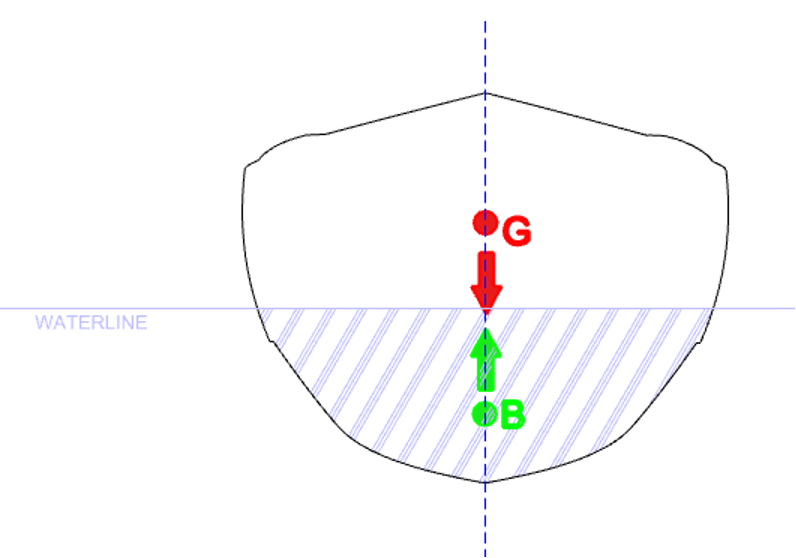
The center of gravity and the center of buoyancy are both theoretical points in an object. Both these points are often used to represent individual bodies or different parts of […]
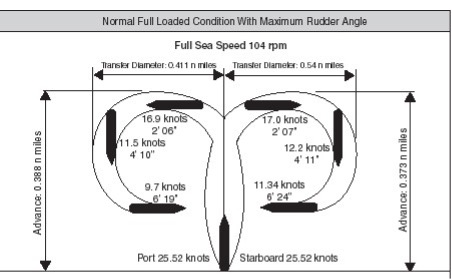
The ship’s turning circle has it is own characteristics that influence maneuverability and must be taken into account. Maneuvering is the term used to describe the process by which a […]
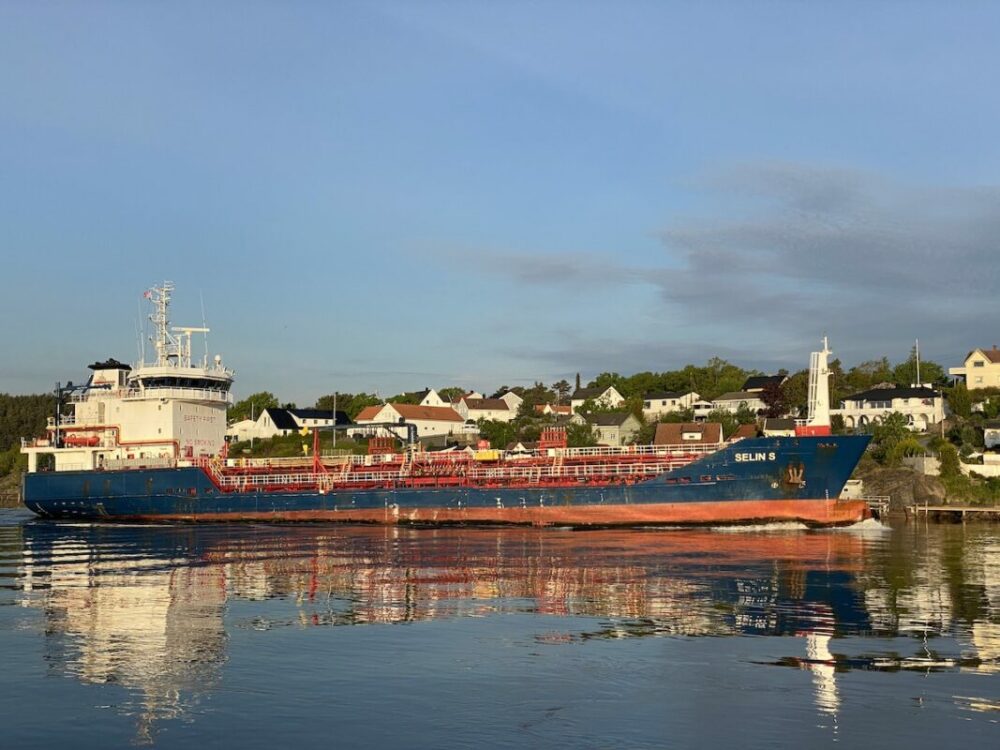
Grounding is one of the many accidents that happen onboard. This occurs when the bottom hull of the ship touches the seabed. It can create damage to the vessel or […]